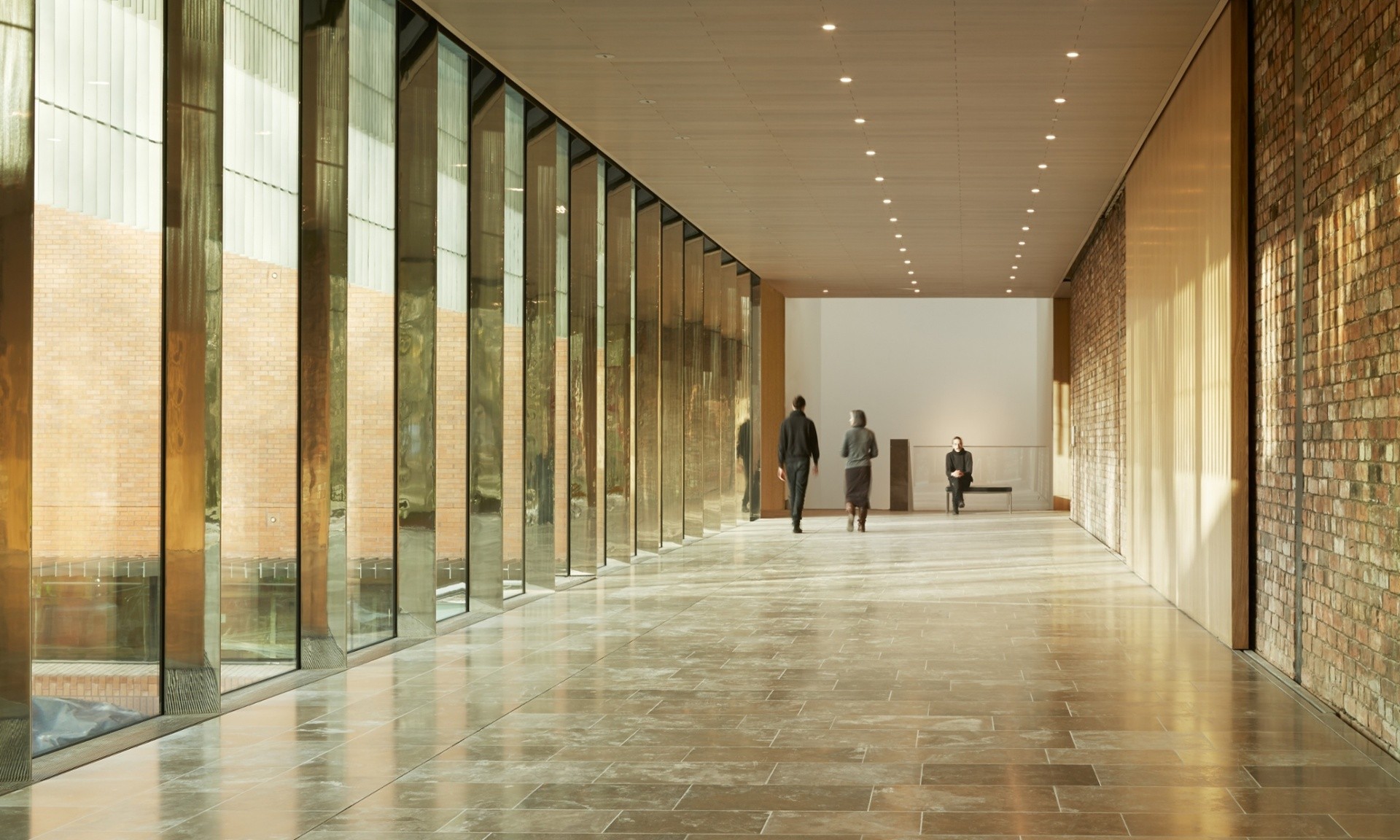.jpg?1466786438)
The XV International Architecture Exhibition at the Venice Biennale opened its doors last month. Under the directorship of Chilean Pritzker Prize-winner Alejandro Aravena, “Reporting the front” asked architects to go beyond “business as usual” and investigate concealed built environments – conflict zones and urban slums, as well as locations suffering from housing shortage, migrations and environmental disasters. Clearly, the aim of this Biennale is to open the profession to new fields of engagement and share knowledge on how to improve people’s quality of life.
This stance that has been highly criticized by Patrik Schumacher, director of Zaha Hadid Architects, who believes that architects “are not equipped to [address these issues]. It’s not the best value for our expertise.” But is this a view shared by the rest of the design world and its critics? What are the limits and benefits of this “humanitarian architecture”? Read on to find out critics’ comments.


.jpg?1466786438)
.jpg?1466786448)
.jpg?1466786425)
.jpg?1466786407)







_Nick_Kane_6.jpg?1439884712)


















